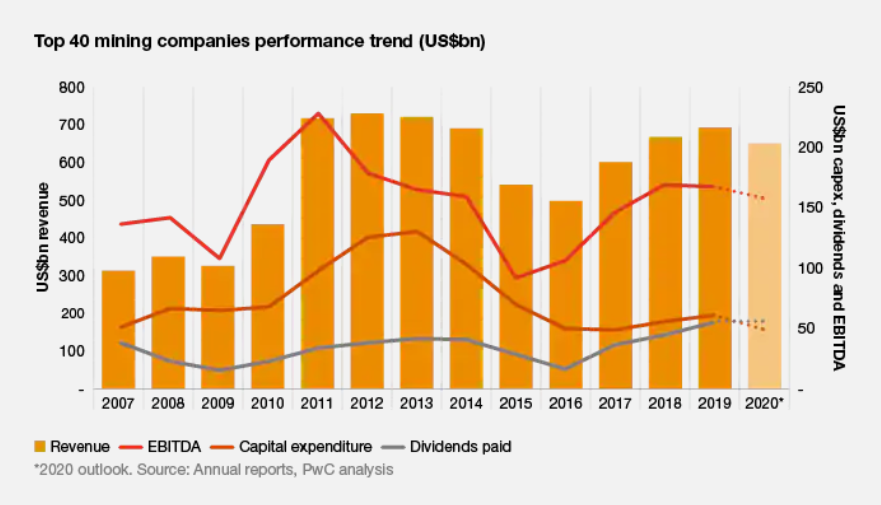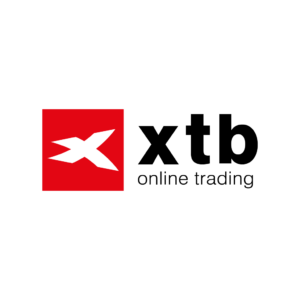The top companies in the mining and metals industry have weathered the pandemic storm relatively well. The top 25 companies in metals and mining were worth a cumulative $908.36 billion on December 1, 2020.
According to the research data analyzed and published by Comprar Acciones, they had gained an average of 2.7% in market cap month-over-month (MoM) in November 2020 and an impressive 80.0% year-over-year (YoY).
Top on the list was BHP Group, with a market cap of $130.27 billion. This figure marked an increase of 12.6% MoM and a decline of 2.5% YoY. Rio Tinto was second with $108.00 billion in market cap, up by 11% MoM and 13.7% YoY.
These were the only two companies on the list with market caps surpassing $100 billion. Vale SA was a distant third with $74.35 billion, up by 28.8% MoM and 56.1% YoY.
In total, the top 3 companies on the list had a combined market cap of $312.62 billion. This was higher than the rest of the top 10 companies combined. The top 4 to top 10 companies had a cumulative value of $293.3 billion.
Glencore Plc. at #9 had the highest MoM growth, at 35.9%, pushing it to $37.36 billion. However, it had dropped by 13.1% YoY.
Second to it was Zijin Mining Group at #12, jumping by 35.6% MoM to $33.46 billion. It was also the second highest gainer YoY, having surged an impressive 174.1% since November 2019.
Freeport McMoRan in #11 was third with an increase of 34.9% MoM to $33.98 billion. This was the fourth highest gainer YoY, having jumped by 105.8% in the previous 12 months.
On the other hand, Ganfeng Lithium Co. Ltd at #21 had the highest YoY growth at 196.2%. Its market cap was $15.08 billion and it went from #47 in November 2019. According to the company’s earnings report on November 2, the net profit for shareholders in Q3 2020 jumped by 4.2x YoY to 174 million yuan ($26.65 million).
Combined Market Cap of Top 50 Mining Companies Tops $1 Trillion in Q3 2020
Based on a Mining.com report, the mining industry is on a recovery path from the COVID slump and could be in positive territory during Q4 2020. Over the three-month period which ended on September 30, 2020, the top 50 companies in the sector added $80.2 billion in market cap.
For the first time, the combined market cap of these miners topped the $1 trillion mark following a rally that started in the second half of Q2 2020. At the end of 2019, their collective market cap was $989.83 billion, rising to $1.028 trillion at the end of Q3 2020.
Since the height of the pandemic in March and April 2020, the companies have added $327.56 billion to their collective market cap. Considering that they had a collective loss of $288.47 billion in Q1 2020, that was a significant improvement.
90% of Best Performers in Mining in Q3 2020 Are Gold Producers
To a great extent, the surge was attributed to rising gold and silver prices. Notably, primary gold producers as well as precious metals royalty companies account for over 33% of the value of these top 50 companies. Since the Q1 2020 economic slump, they have contributed around $150 billion of the total gains.
Out of the ten best-performing companies during Q3 2020, nine are gold producers. This comes as no surprise seeing as bullion is considered a hedge against inflation. Despite losing 5.42% in November 2020, Gold bullion was up by 21.4% YoY as of November 30, 2020 according to Sprott.
Freeport McMoRan, which is a renowned copper giant ranked third on the list of the best performers. Compared to Q1 2020, it had a 131.9% increase in market cap. Thanks to its Grasberg mine, the company also ranks highly on the list of gold producers globally.
Sibanye Stillwater was the second best performer, with an increase of 136.7% in Q3 2020 compared to Q1 2020. The best performer was Gold Fields, whose market cap grew by 169.8% during the same period.
According to Mining Technology, Glencore was the largest metals and mining company by revenue in 2019. In spite of a 2.27% revenue decline, it earned $215.1 billion.
However, Glencore had a difficult H1 2020, becoming the first major player in mining to scrap dividends. Its net debt during the six-month period rose by 12% to $19.7 billion and it announced that it was booking a $3.2 billion charge. Its bad run continued into Q3, as it fell out of the top 10 tier, following a drop of $14.5 billion in market cap. Its decline was compounded by a depreciation of the pound sterling.








Question & Answers (0)